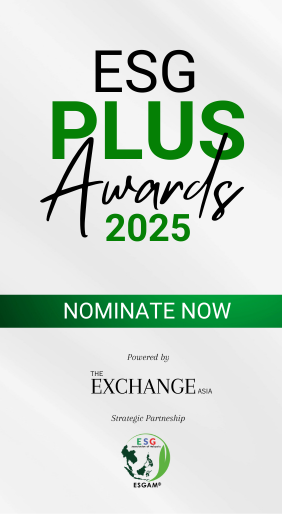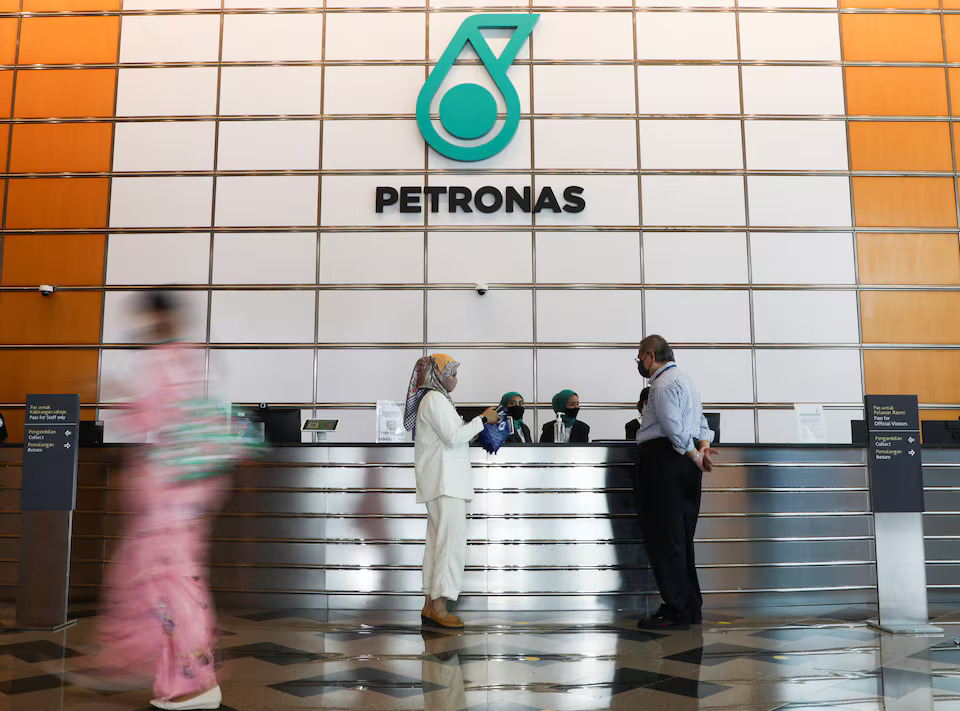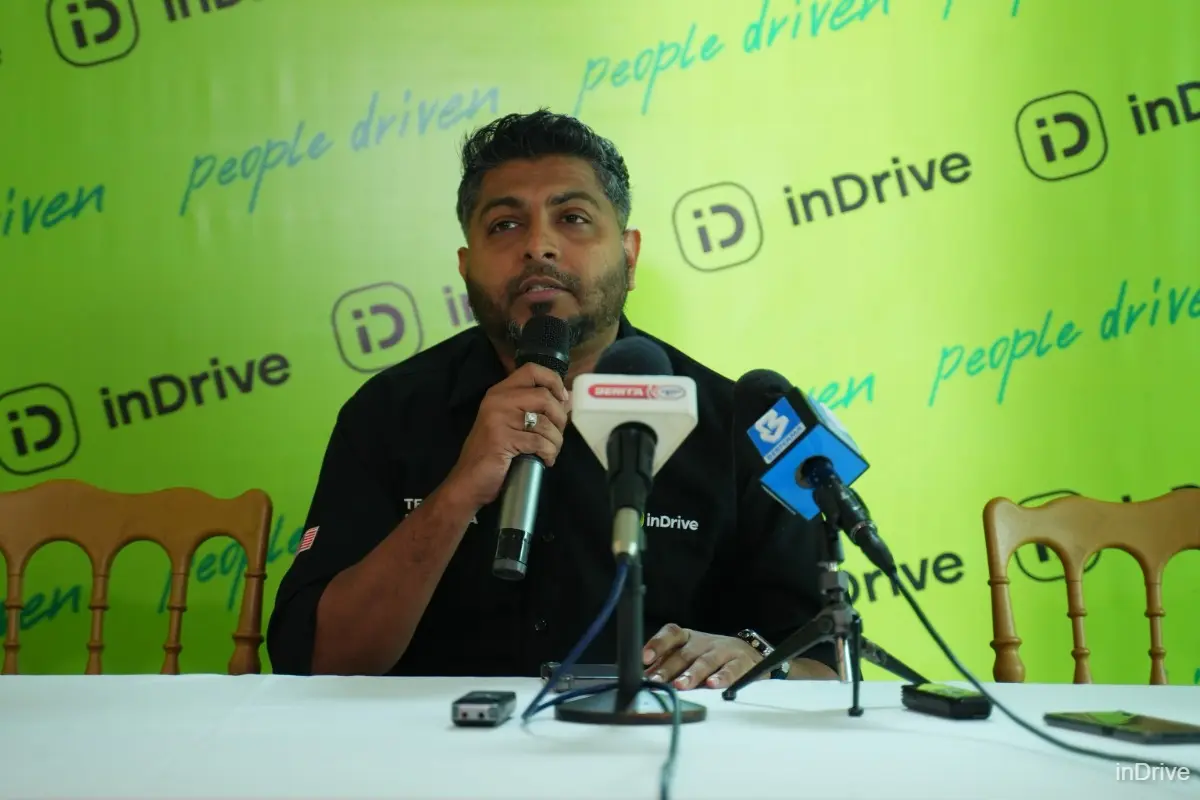KUALA LUMPUR: All public transportation stakeholders have a collective responsibility to increase passenger numbers, industry experts said.

The Auditor-General’s report on MRT1 and MRT2 recently highlighted the need for a holistic approach, strategic policy alignment and genuine commitment from all stakeholders to transform the MRT into a reliable and attractive transport option, transport consultant Wan Agyl Wan Hassan said.
“Without reliable and convenient access – buses, walking, cycling and other modes of transport – potential passengers are left stranded.
“This fundamental flaw in the current transport ecosystem severely limits the MRT’S potential to attract and retain users,” Wan Agyl said, adding that the ongoing struggle with first- and last-mile connectivity reveals a deep-seated misunderstanding or neglect of passenger needs.
“Even if first-mile solutions are marginally addressed, the last-mile connectivity often remains a nightmare.
“It is a collective failure involving local authorities and the ministries of housing and local government, works and transport. This fragmented responsibility leads to a lack of coherent solutions,” he said.
Meanwhile, an industry source familiar with the MRT project said it is unfair to assign blame wholly to MRT Corp.
He said other unexpected factors have Contributed to missed passenger targets for the MRT system – which is designed with increasing demands over the next 30 years in mind – primarily Covid-19 and delays in parallel developments that were outside their control.
“The ridership targets that were established took into account an increase in commuters arising from real estate developments along the alignment such as Kwasa Land, TRX city, Bandar Malaysia, Merdeka 118 and others.
“The delay or postponement of these developments alongside other public amenities such as bus stops and pedestrian walkways have inevitably contributed to the non-achievement of the target,” said the source.
Meanwhile, Wan Agyl pointed to Malaysia’s car culture, with public transport failing to provide a reliable alternative.
“The overcrowded and uncomfortable conditions during peak hours deter potential users.
“Without a nuanced policy that balances car usage with the benefits of public transport, passenger numbers will continue to stagnate,” he said, adding that feeder services for rail transport are ‘woefully inadequate’.
“Passengers face unreliable bus schedules, traffic congestion, and a complete lack of real-time tracking, which makes planning a journey an exercise in frustration,” he said.
Wan Agyl said government policy contradictions are “glaring” with the national transport plan pushing public transport use, while the national automotive policy promotes car production and ownership.
“This incoherent policy framework undermines efforts to boost passenger numbers. Moreover, the lack of supportive parking policies further disincentivise public transport use, leaving the entire system at odds with its stated goals.”
Wan Agyl described the government’s approach to public transport as a commercial enterprise – in contrast to an investment that delivers significant social and economic benefits – as ‘fundamentally flawed’.
“This shortsighted perspective hampers the development of a robust and effective public transport system,” he said.
Wan Agyl pointed out that the MRT System remains incomplete, with the MRT3 section still under construction. As such, he said, neither MRT1 nor MRT2 has reached its full potential.
Meanwhile, the source said steps to reach passenger targets, such as government pro-public transport policies, are critical to ensure that push-and-pull consumption factors can be successful.
“Targeted fuel subsidies, congestion charges according to zones and entry times, private vehicle parking rates in the capital area are increased, and so on.
On Thursday, the 2024 auditor-general’s report revealed that MRT1 and MRT2 had failed to meet their targets in terms of daily passengers, number of trains in operation and frequency during peak hours.
The report said that for MRT1, the average daily passenger percentage against the projected targets ranged from 10.8% to 37.4% between 2017, when the service became fully operational, and 2023.
— BERNAMA






